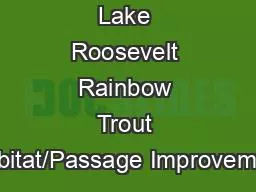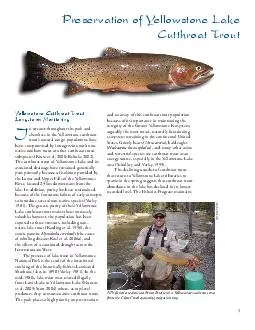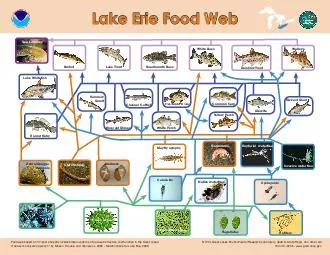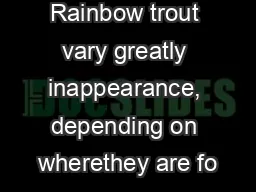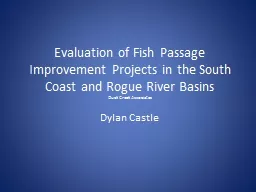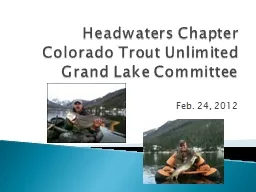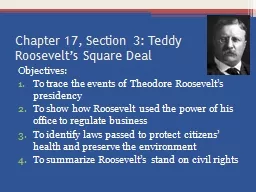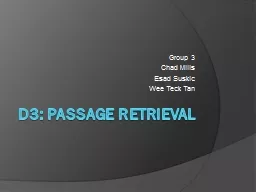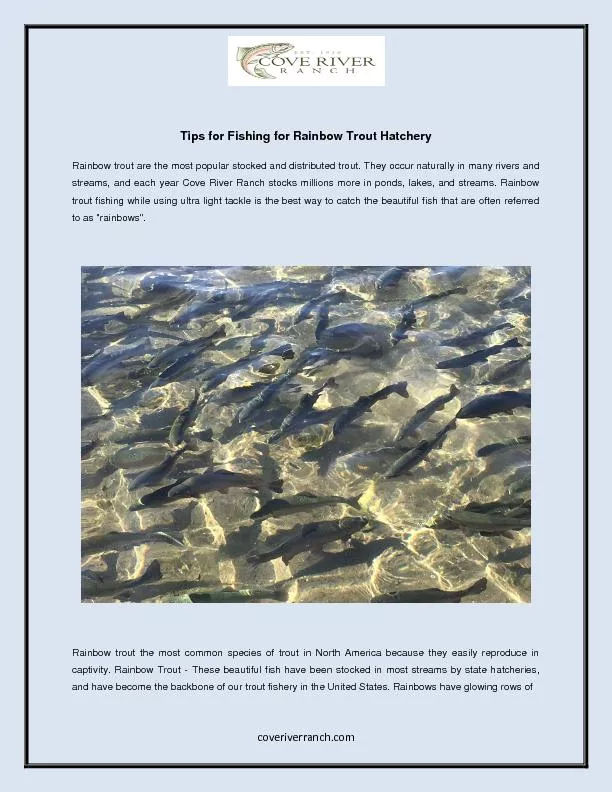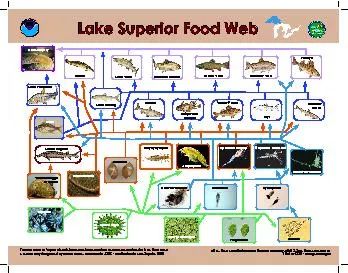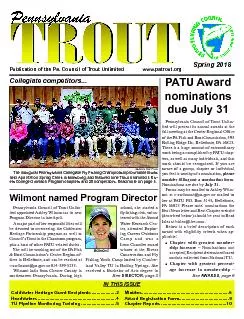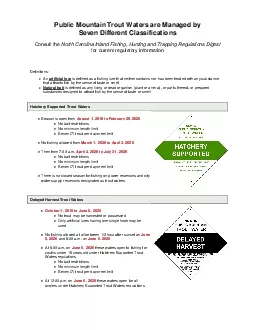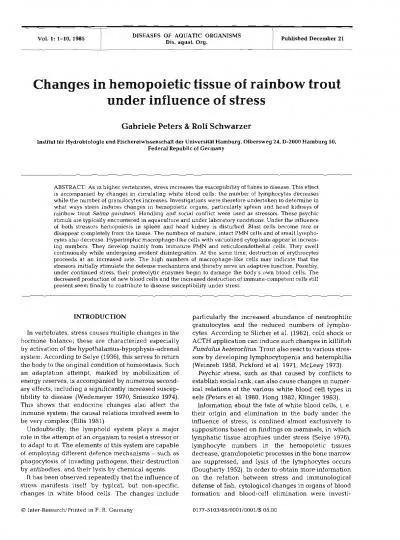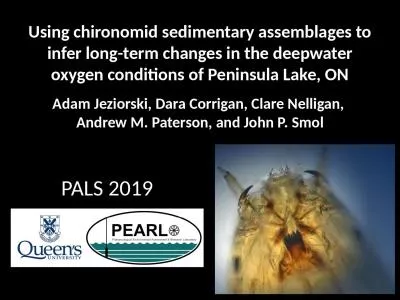PPT-Lake Roosevelt Rainbow Trout Habitat/Passage Improvement
Author : phoenixbristle | Published Date : 2020-06-24
Project No 199001800 Jason McLellan Confederated Tribes of the Colville Reservation January 18 2012 Background Habitat surveys Restoration Projects Riparian fencingplanting
Presentation Embed Code
Download Presentation
Download Presentation The PPT/PDF document "Lake Roosevelt Rainbow Trout Habitat/Pas..." is the property of its rightful owner. Permission is granted to download and print the materials on this website for personal, non-commercial use only, and to display it on your personal computer provided you do not modify the materials and that you retain all copyright notices contained in the materials. By downloading content from our website, you accept the terms of this agreement.
Lake Roosevelt Rainbow Trout Habitat/Passage Improvement: Transcript
Download Rules Of Document
"Lake Roosevelt Rainbow Trout Habitat/Passage Improvement"The content belongs to its owner. You may download and print it for personal use, without modification, and keep all copyright notices. By downloading, you agree to these terms.
Related Documents

